As planned, in addition to the 11 provinces and cities that will not be merged, the remaining 52 provinces and cities will be merged into 23 new provinces and cities with changes in area, population, etc. Experts and tourism businesses believe that merging administrative units opens up new opportunities for destinations, such as building new, more attractive brands, and intra-provincial and inter-provincial tour routes that can develop more widely when they are no longer limited to individual locations.

Majestic scenery in Ha Giang .
Looking forward to new travel brands
According to Dr. Trinh Le Anh (University of Social Sciences and Humanities, Vietnam National University, Hanoi), even if a province loses its administrative name, but its tourism brand is still maintained and promoted, tourists will still remember it. Because from the perspective of tourists, they do not come to a place because of its name, but because of the emotions and experiences that the place and land bring.
"A tourism brand is not just a name, a logo or an attractive slogan. In the post-pandemic era, tourists are no longer just looking for "a place to go", but looking for "a reason to choose"... Competitiveness in tourism comes from the uniqueness of a destination, rather than because one place is "stronger" than another", said Dr. Trinh Le Anh.
Sharing this view, Associate Professor Dr. Pham Truong Hoang (National Economics University) expects that the provinces and cities after the merger will take advantage of the opportunity to renew their brands, for example, Tuyen Quang province will promote Ha Giang; or Lam Dong will be a place where tourists can go for beach tourism.
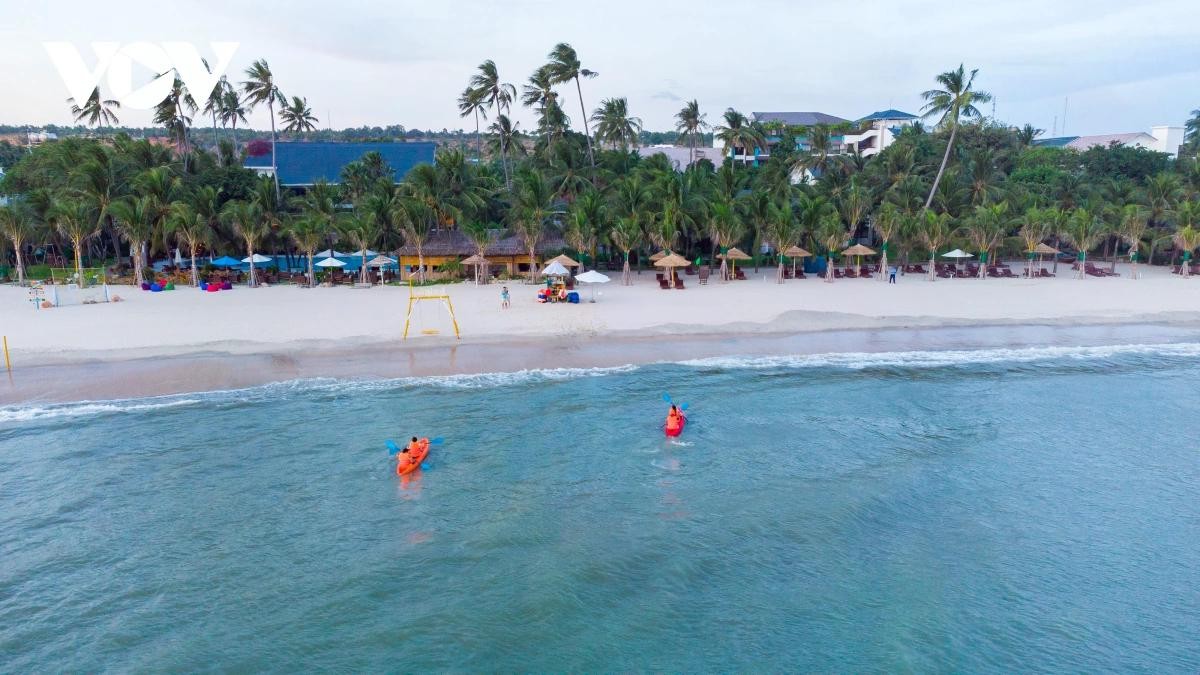
Phan Thiet is famous for its beautiful beaches.
Assoc. Prof. Dr. Pham Truong Hoang suggested: “From the perspective of tourism economics, we should not be stressed when an old locality has a new name, but should consider this as an opportunity to renew the brand, for example, a province will have more beaches, mountains or new cultural values... after the merger. If we consider it from an economic perspective, if the new brand is effective, it is still worth doing and investing. Putting aside feelings and emotions, the brand is only a temporary asset, while there are still core assets such as natural features, culture, people, experiences...".
"For example, Ha Giang is known to international visitors as "Ha Giang loop", the origin is the winding roads, rocky plateaus, indigenous culture... No matter what the name changes, for example "Ha Giang loop in Tuyen Quang", the essence of the tourist experience remains the same. Even for business people, "Ha Giang Loop in Tuyen Quang" is sometimes a better sales opportunity, because it arouses more interesting and new curiosity for tourists", Associate Professor, Dr. Pham Truong Hoang commented.
Keep travel operations seamless
Both Associate Professor Dr. Pham Truong Hoang and Dr. Trinh Le Anh believe that, from now on, localities should immediately start investing in building and promoting tourism brands on many platforms. If a new brand identity is created in time and communication is promoted, sometimes the new brand will create a new wave.
"Most importantly, localities need to arrange resources in terms of finance, human resources, and apparatus... to ensure that the design, construction, or renewal of the brand is carried out seamlessly and promptly; avoiding omissions or incorrect information when reaching tourists. It may even be necessary to change the tourism development plan in the new locality compared to the old locality.

Assoc. Prof. Dr. Pham Truong Hoang (National Economics University).
In this day and age, people access new information very quickly, especially tourists who are always looking for new things and not regretting the old. Perhaps in the near future, information about destinations and tours according to new administrative units in Vietnam will spread on the Internet, sometimes even faster than publications, leaflets or charts on the road leading to tourist areas in that locality. Therefore, quick and proactive preparation will help tourism activities in a locality not be interrupted.
In addition, when promoting tourism abroad, everything in the country must be ready. For example, the tourist support center in Lam Dong must be able to answer all questions from businesses and international tourists when asking about coastal hotels or tours in new areas, for example," said Associate Professor, Dr. Pham Truong Hoang.
Dr. Trinh Le Anh suggested that to build a new tourism brand, we must first start with identity, which is what makes that land different from any other place. It could be a unique natural ecosystem, an original folk culture, or a humane community tourism experience. Then, we need to “wrap” that story in a modern language, through creative tourism products, digital applications, digital communications, and a team of dedicated and visionary tour guides and tourism businesses.

Dr. Trinh Le Anh (University of Social Sciences and Humanities, Vietnam National University, Hanoi).
In addition, the local people themselves will be the most authentic and lively “brand ambassadors” to bring a destination to tourists, even if the name is different from before. A tourism brand is only truly sustainable when it lives in the hearts of the people, from there spreading outward.
To engage the people, the tourism industry must first listen to their voices in planning, product design, and policy making. Communities are not just beneficiaries of tourism, they must be the ones creating the experience. Localities need to build community tourism models with clear, equitable, and cohesive benefits.
According to the proposal of the Ministry of Culture, Sports and Tourism, provinces/cities under the Central Government need to keep the names of the recognized national tourist areas, and at the same time, update the place names associated with the tourist areas according to the newly arranged administrative units. Review and adjust the new names, place names, and addresses of the organizations/management boards of tourist areas directly related to the administrative units formed after the arrangement.
The following administrative units will retain the names of world cultural and natural heritages, special national monuments, national monuments, provincial/municipal monuments that have been recognized and ranked so as not to change the original elements constituting the monuments as well as the historical, cultural and scientific values of the monuments according to the provisions of the Law on Cultural Heritage and the 1972 UNESCO Convention on the Protection of World Cultural and Natural Heritage. At the same time, update the place names associated with the monuments according to the newly arranged administrative units.
Source: https://baolaocai.vn/thuong-hieu-du-lich-dia-phuong-se-ra-sao-sau-khi-sap-nhap-tinh-thanh-post400638.html




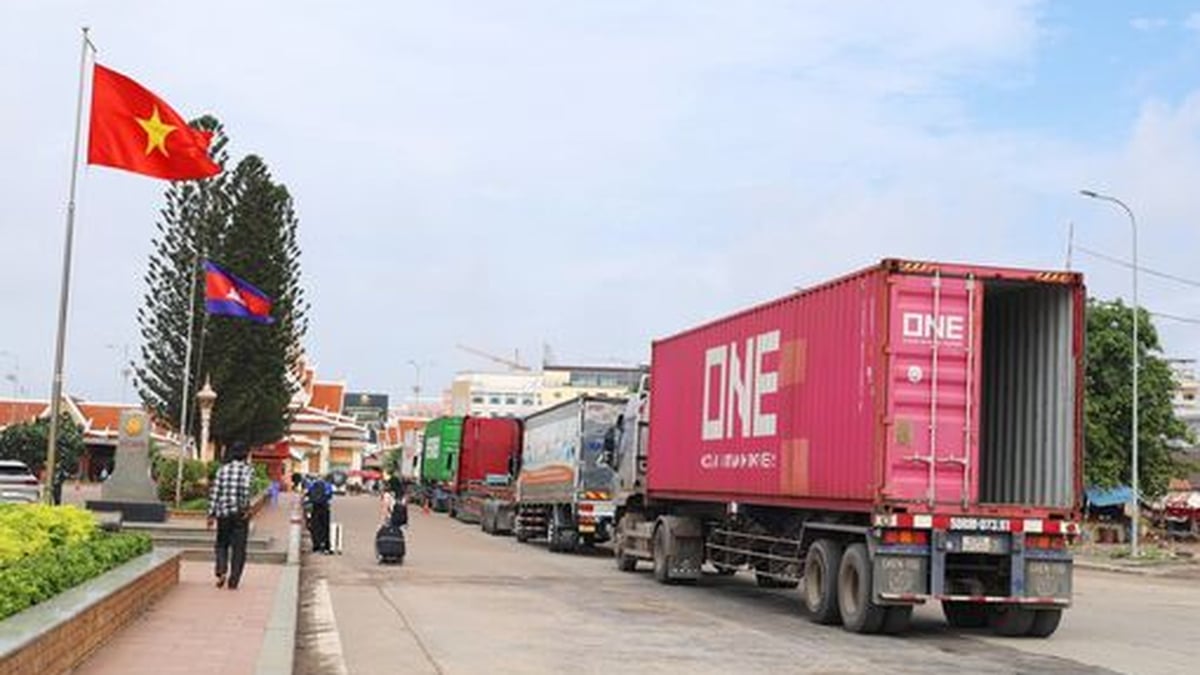
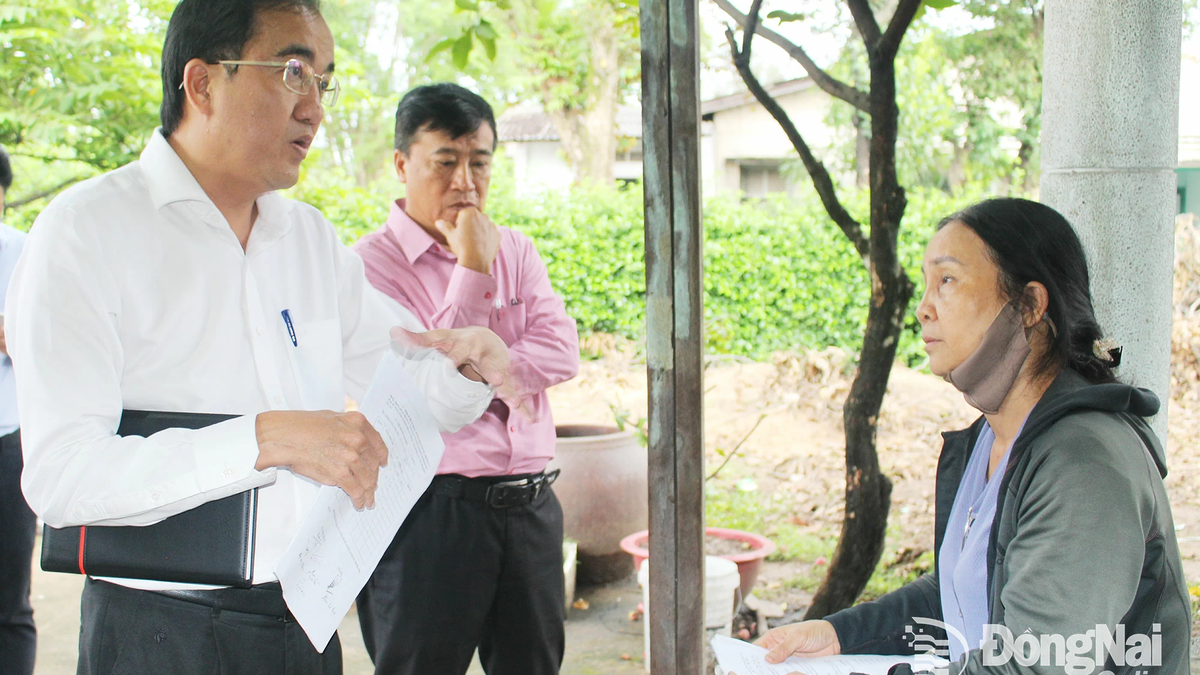

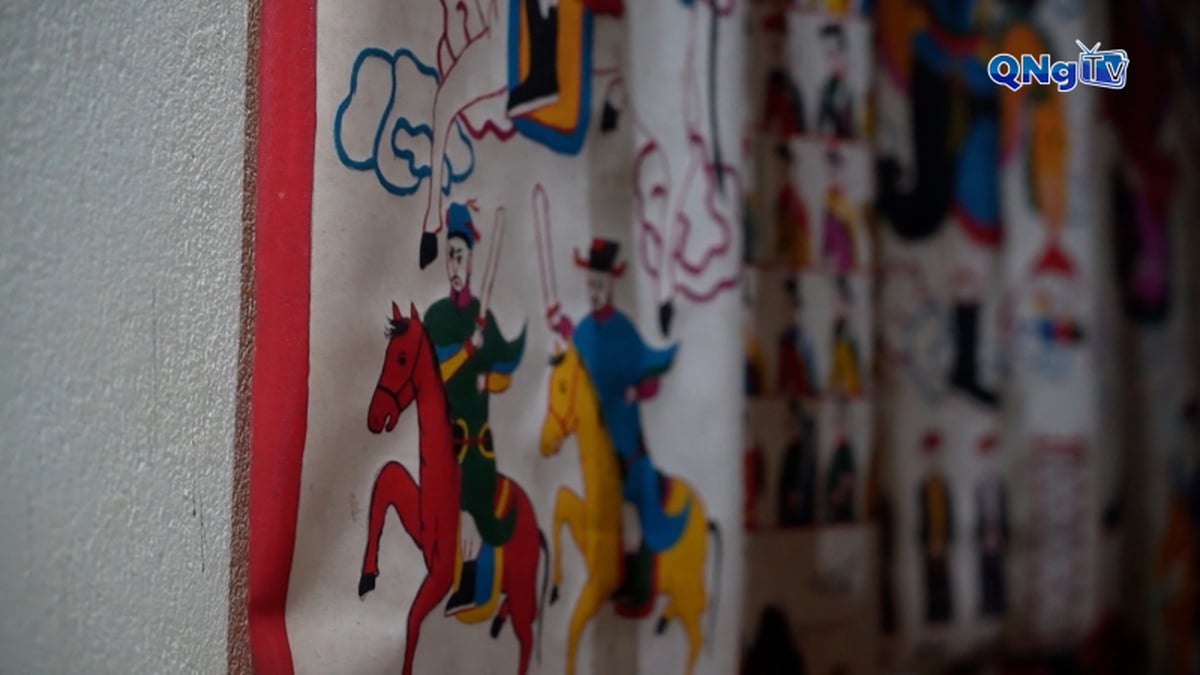
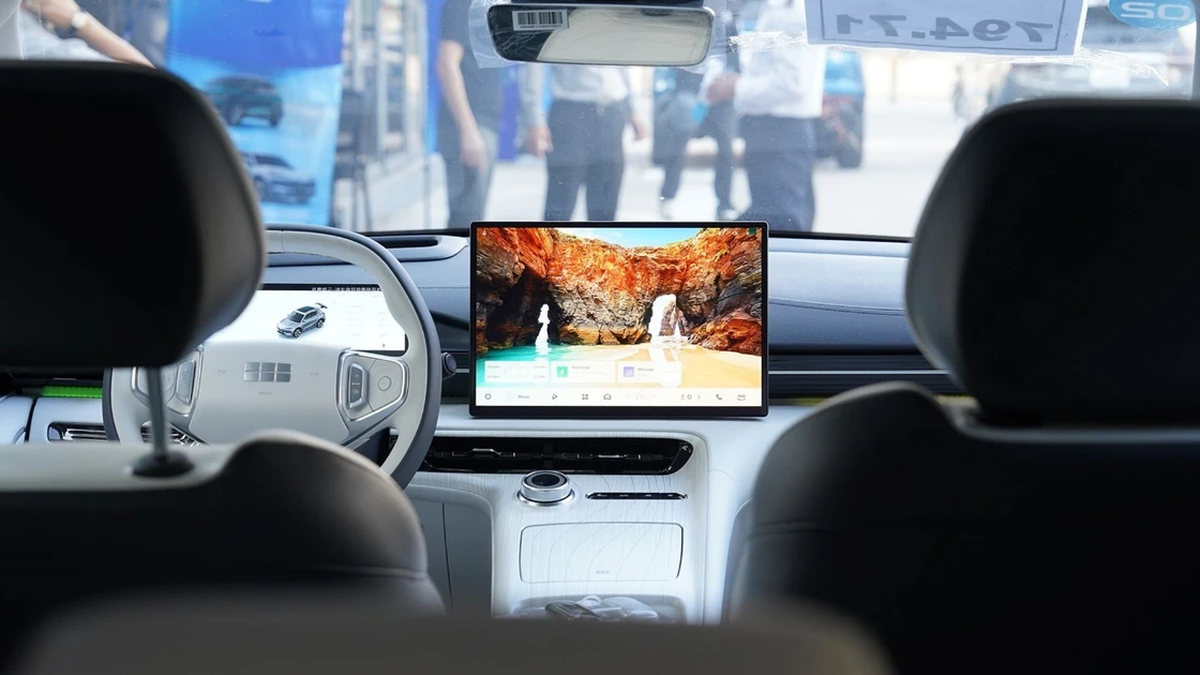
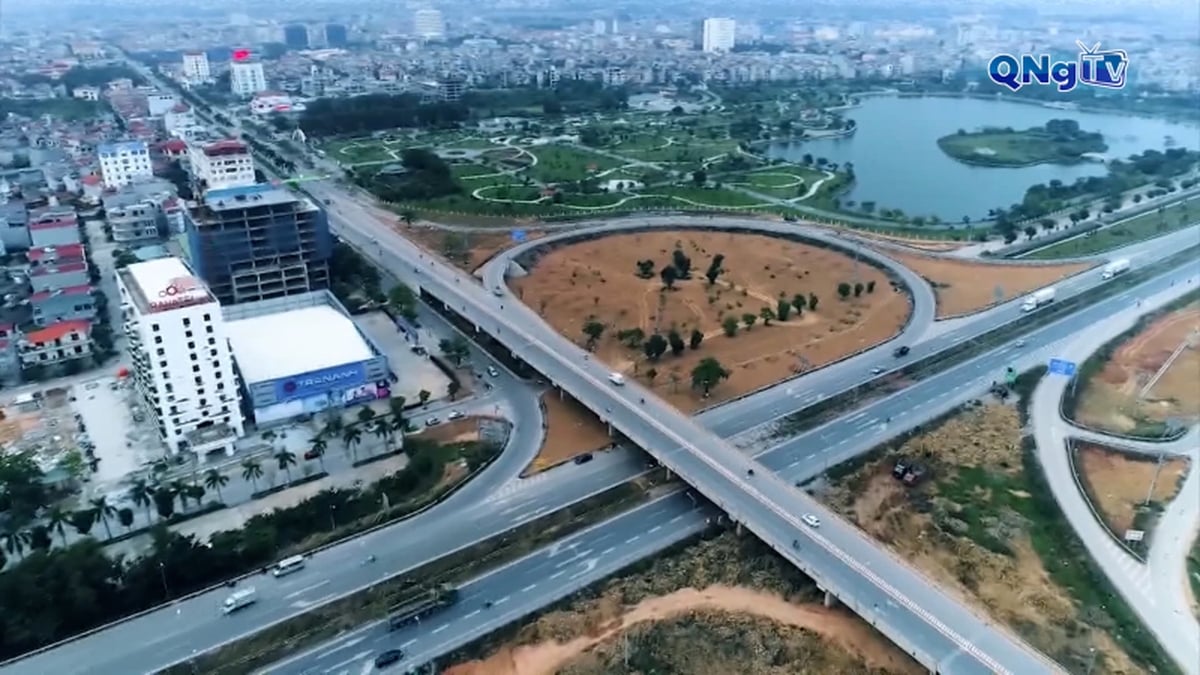

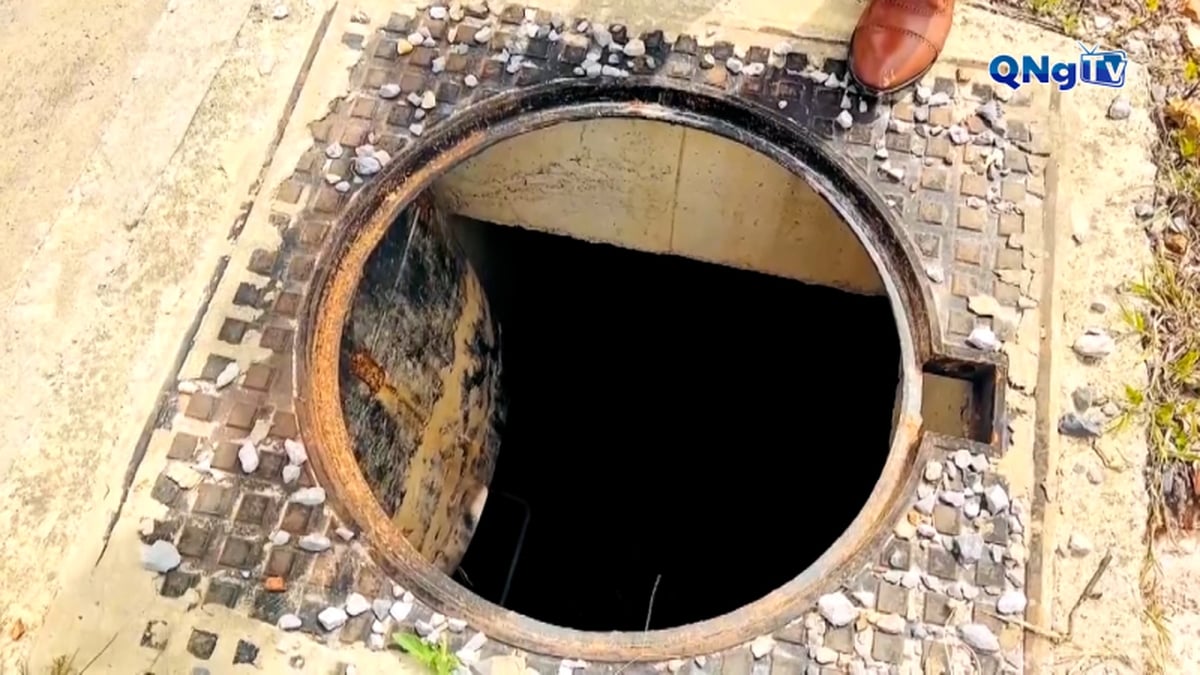













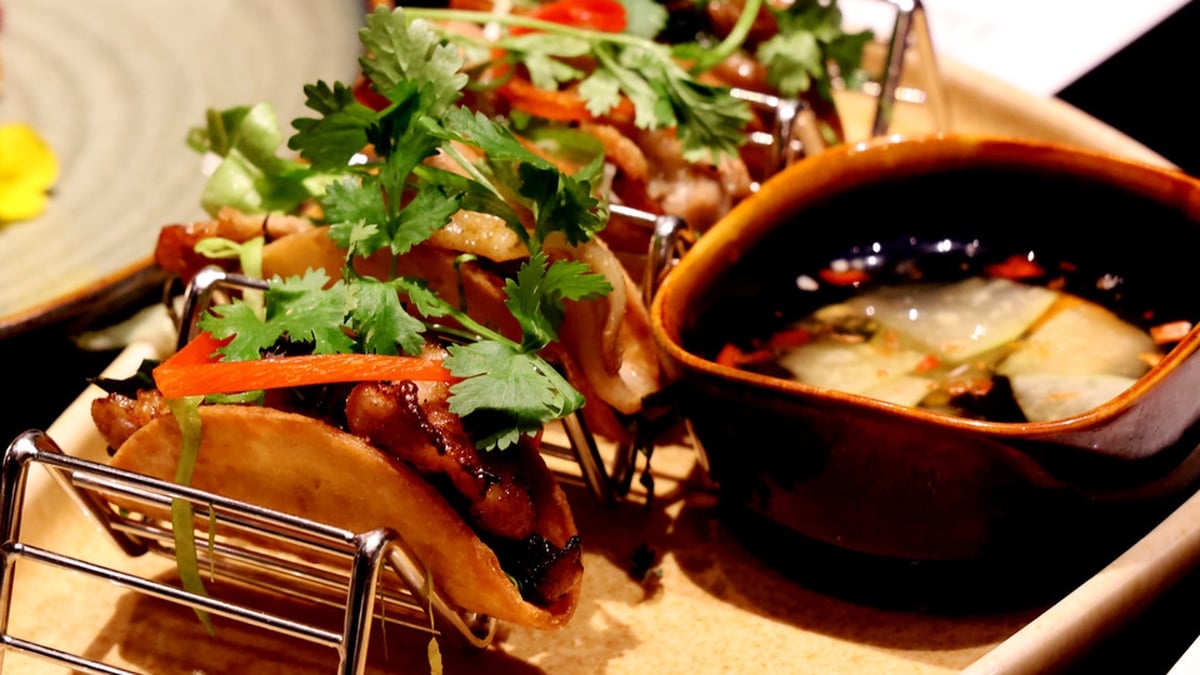

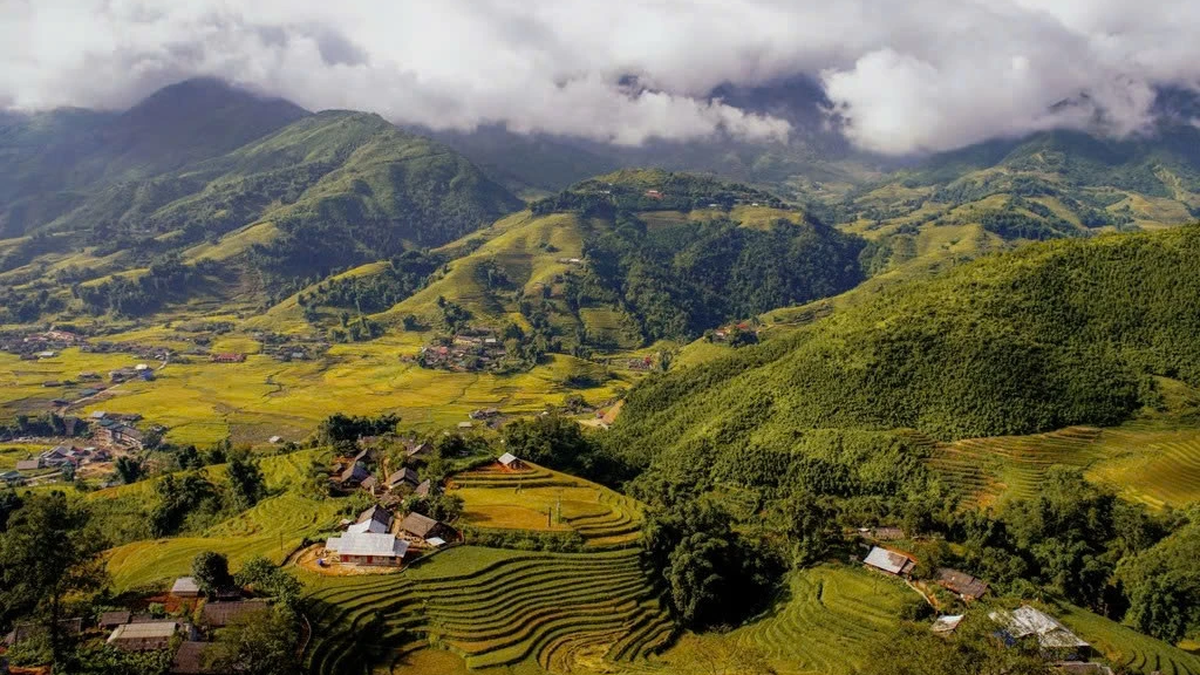


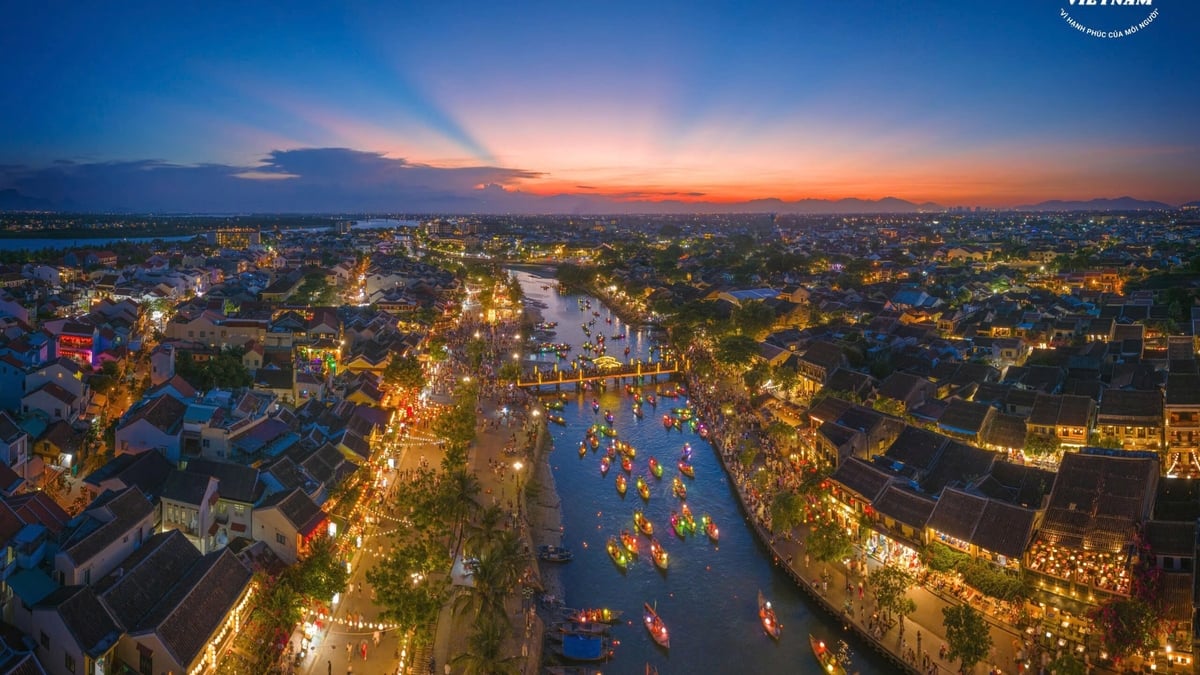

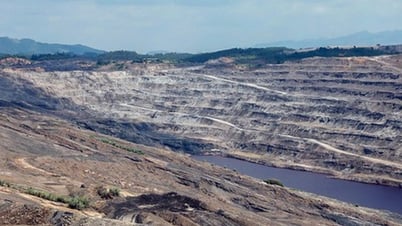

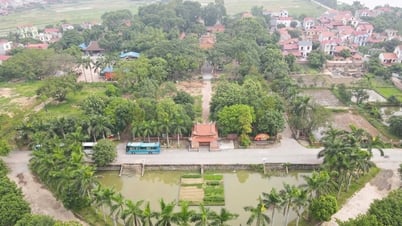

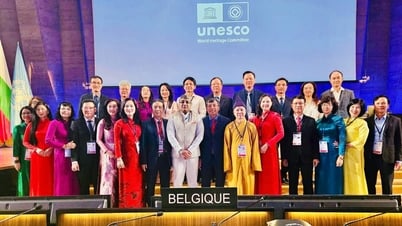

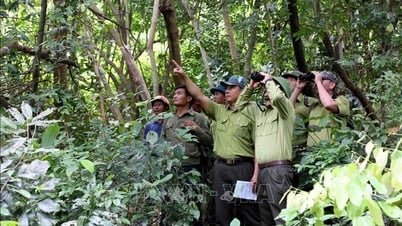

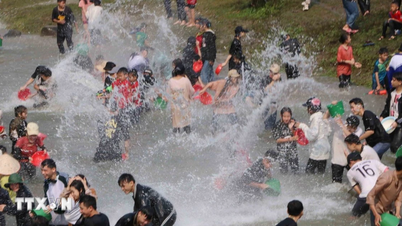




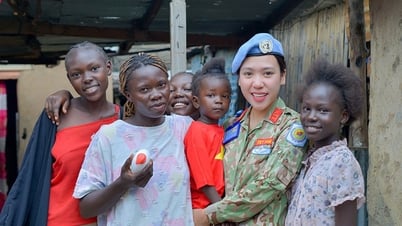



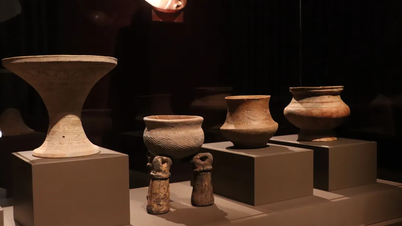


![[Maritime News] More than 80% of global container shipping capacity is in the hands of MSC and major shipping alliances](https://vphoto.vietnam.vn/thumb/402x226/vietnam/resource/IMAGE/2025/7/16/6b4d586c984b4cbf8c5680352b9eaeb0)


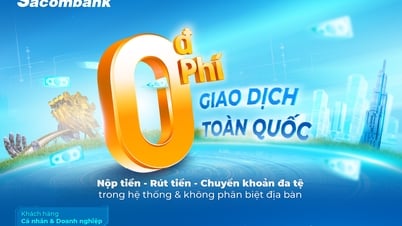


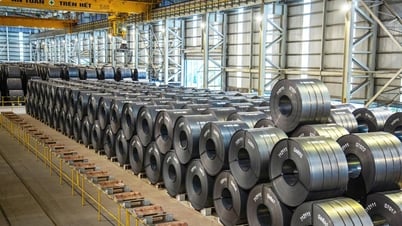
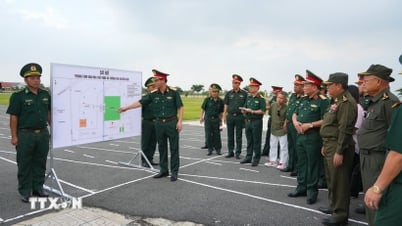

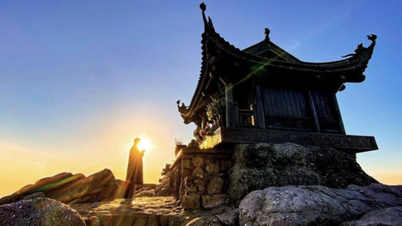

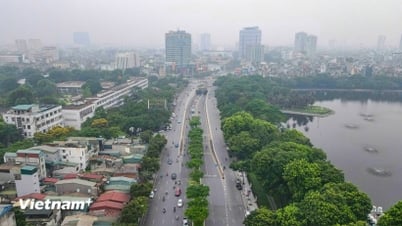


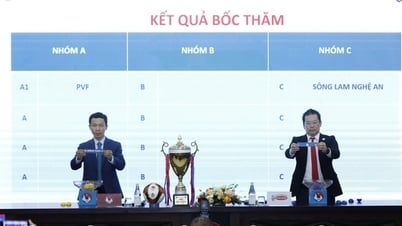

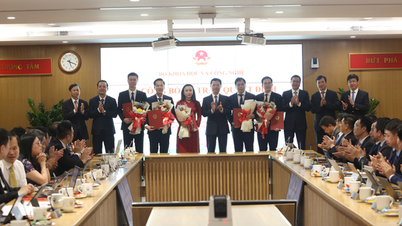

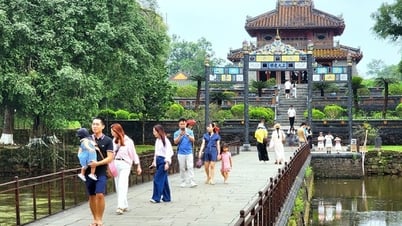












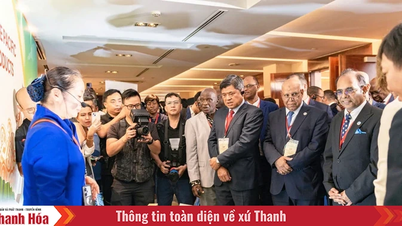





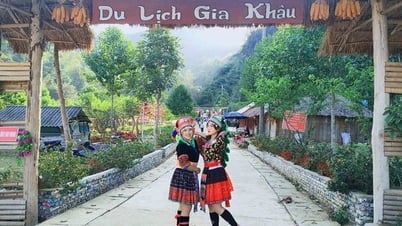




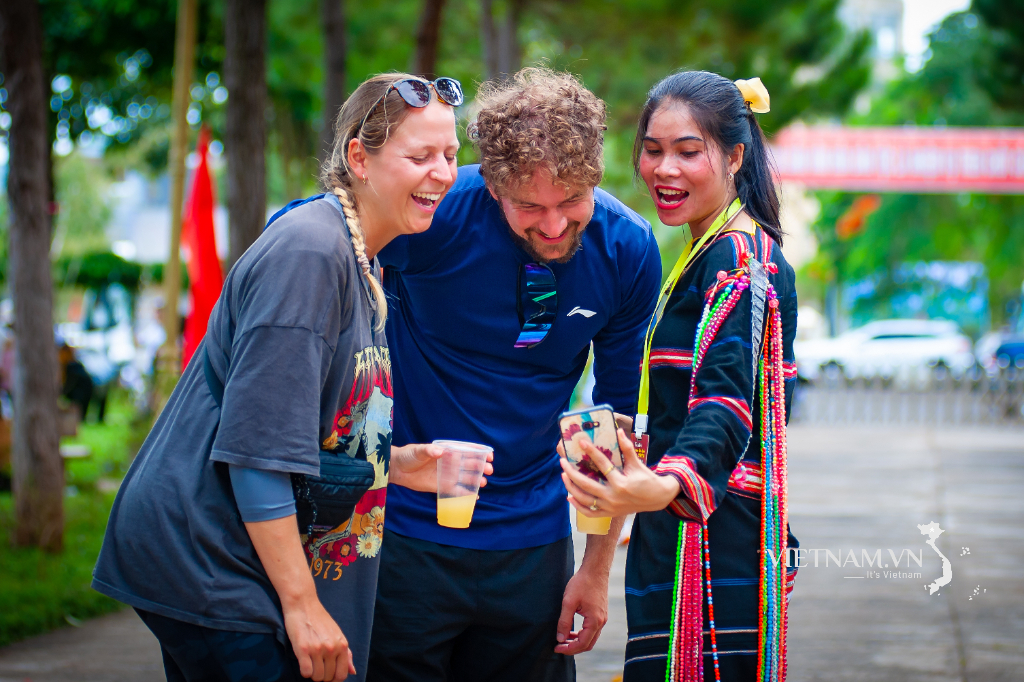
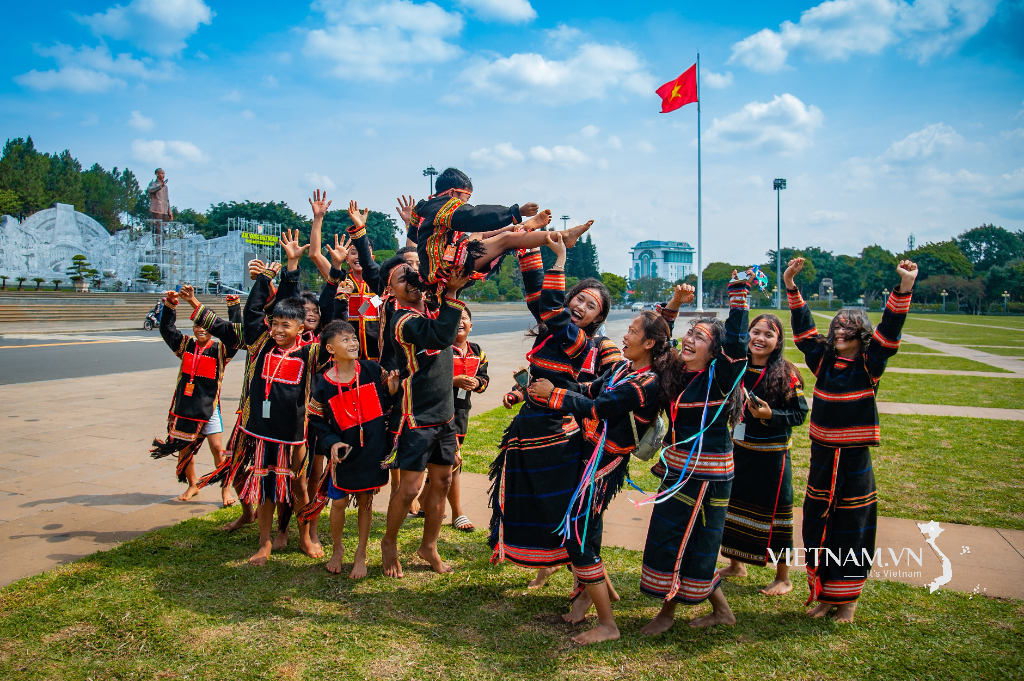
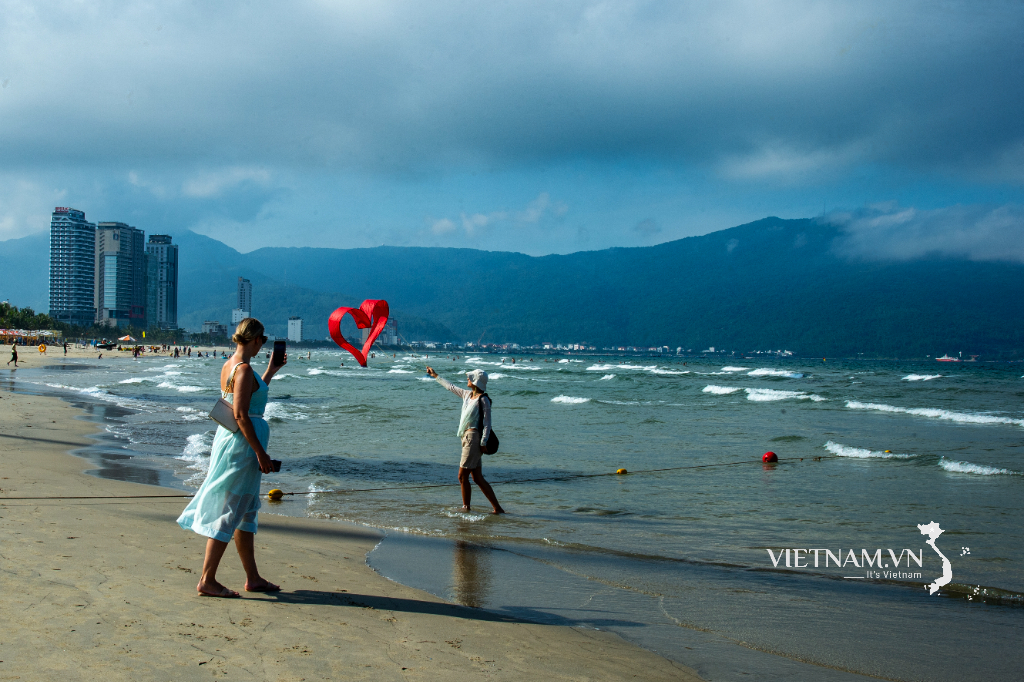
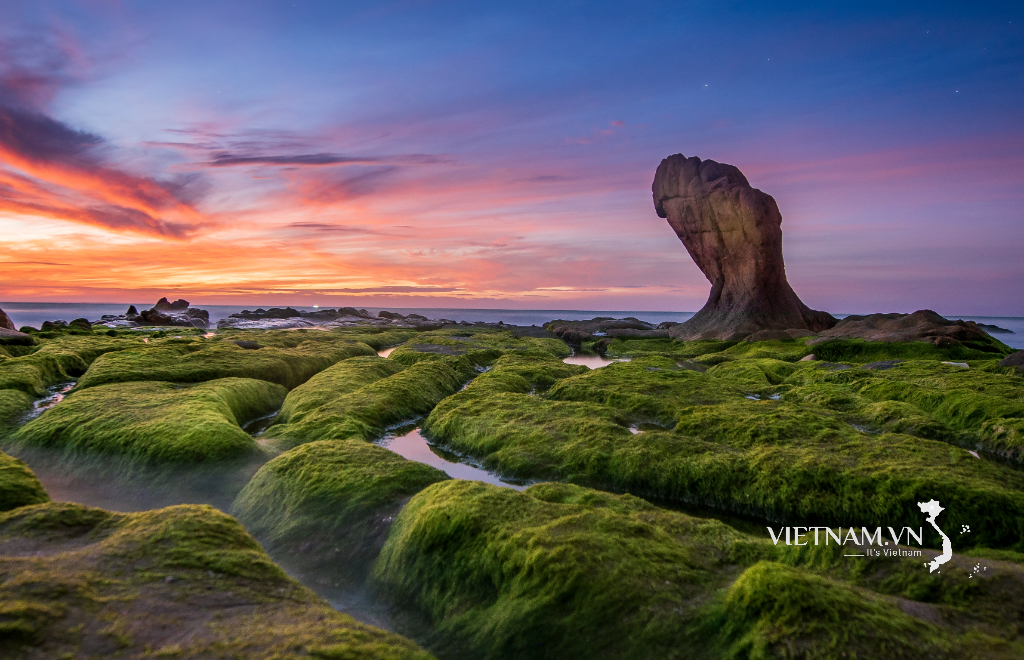
Comment (0)